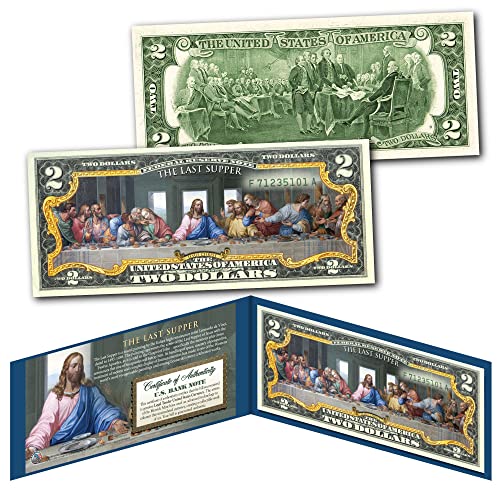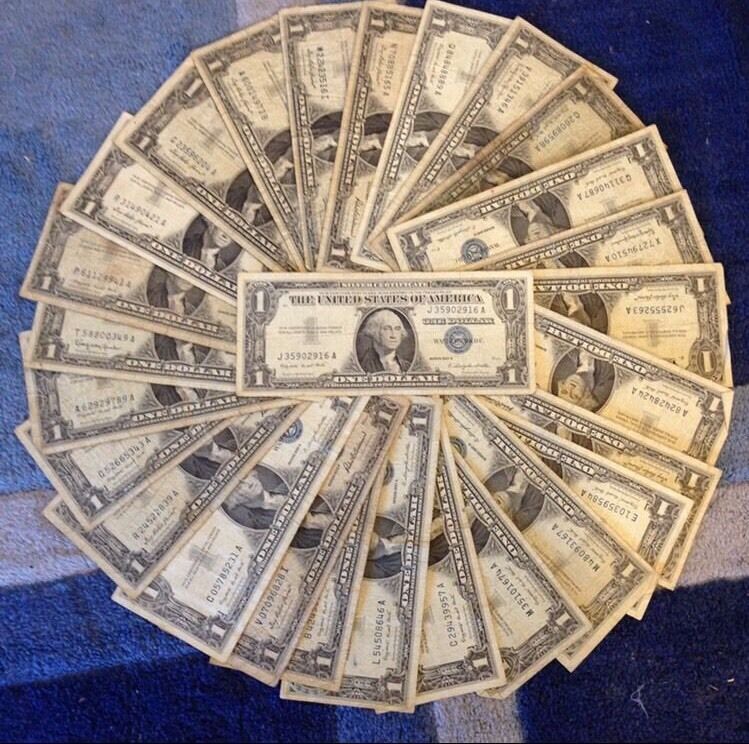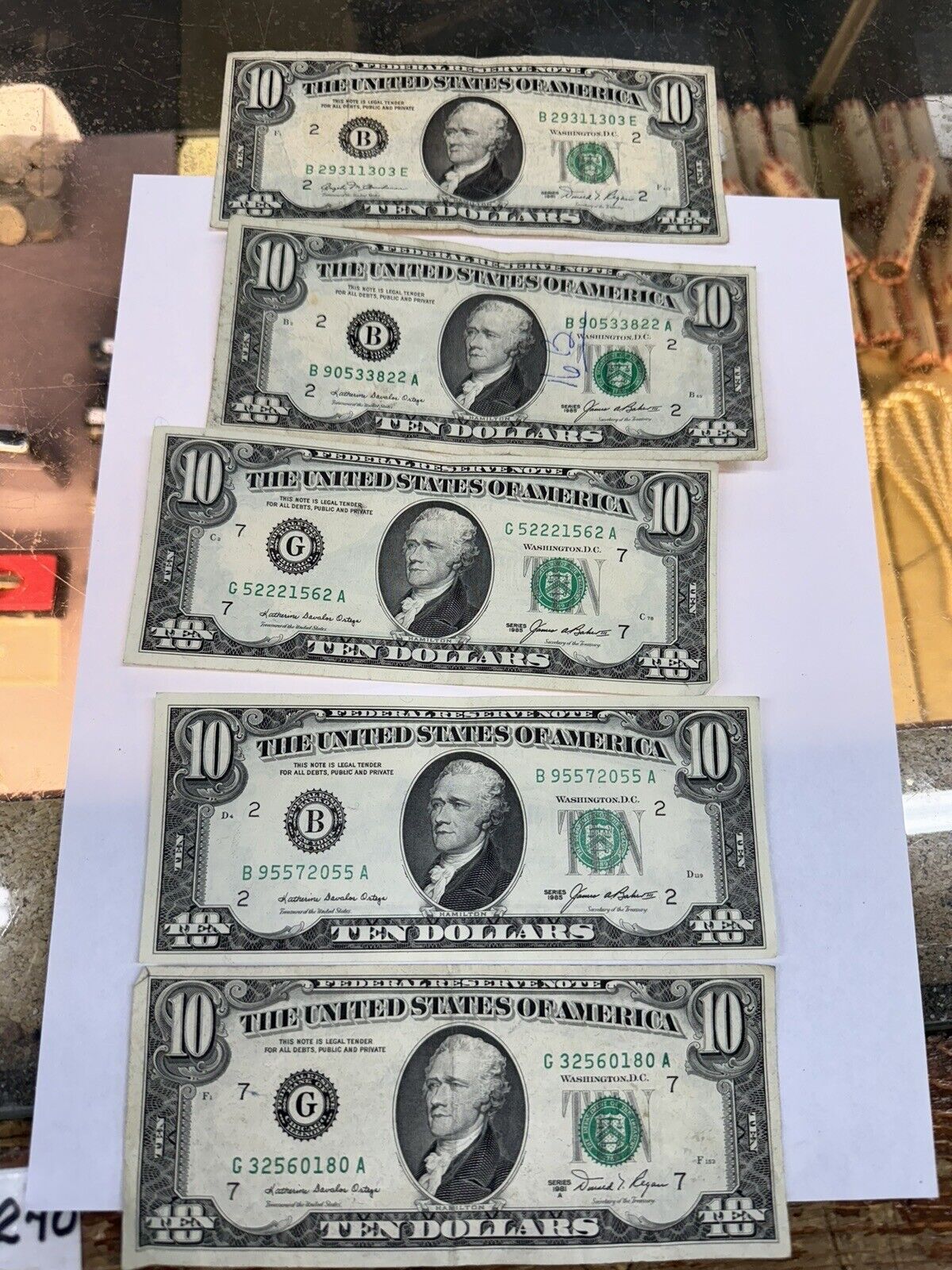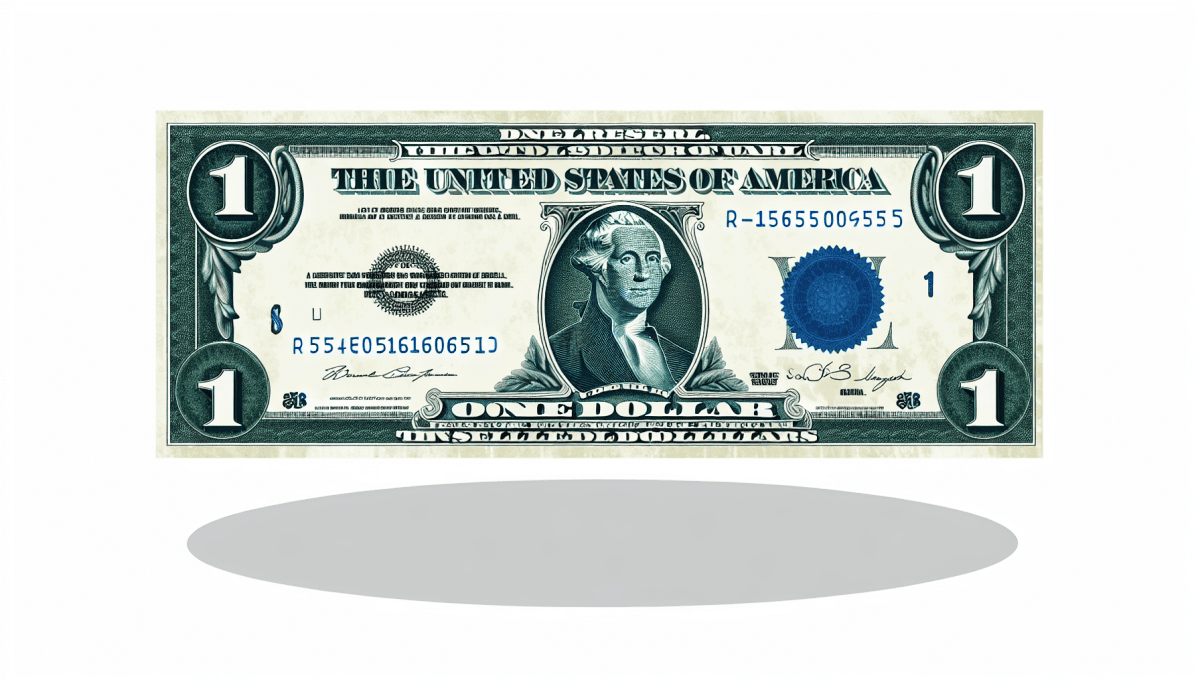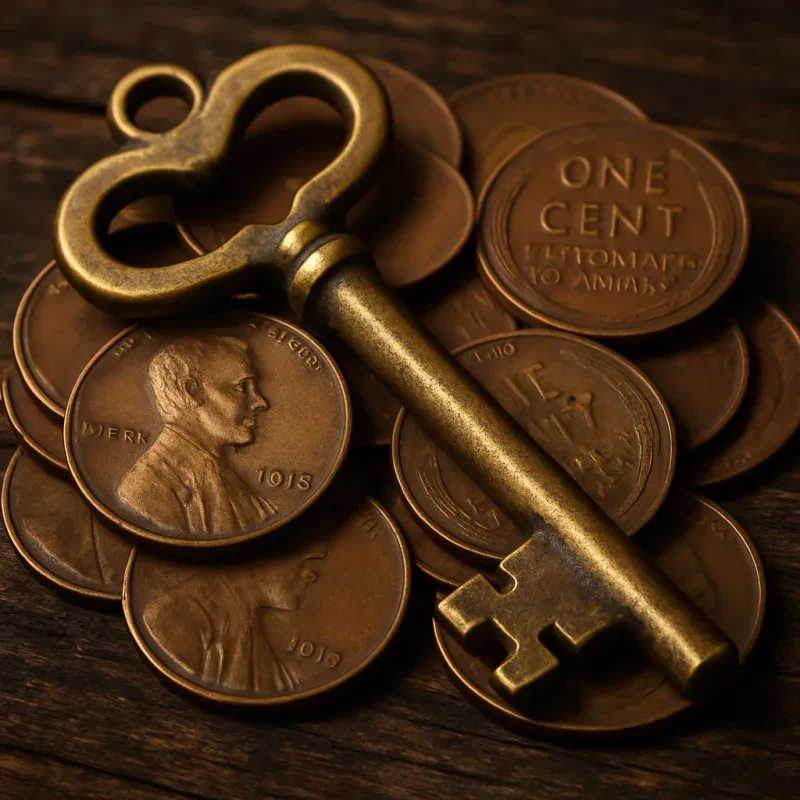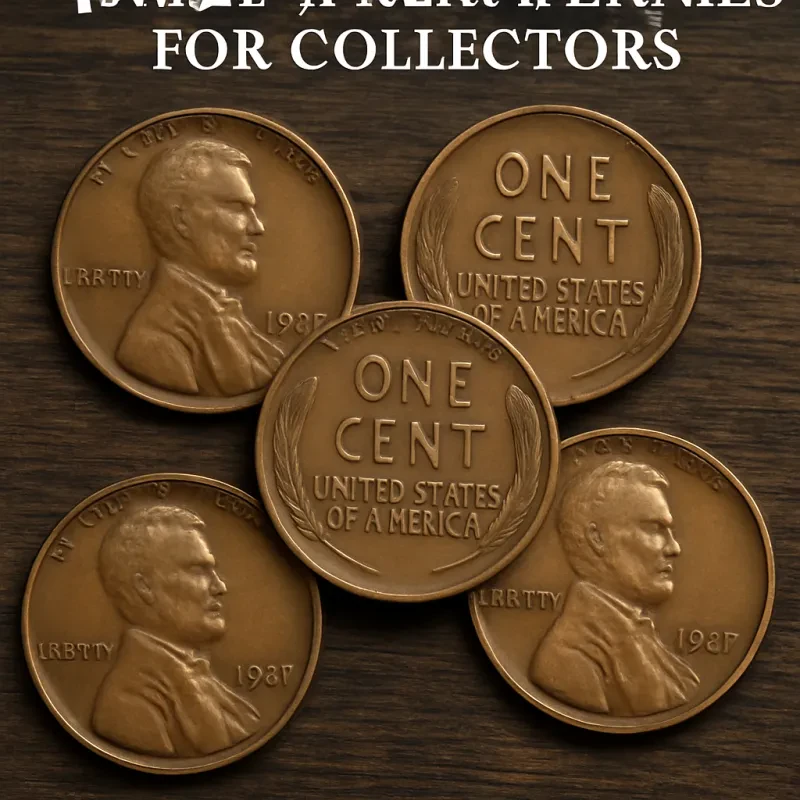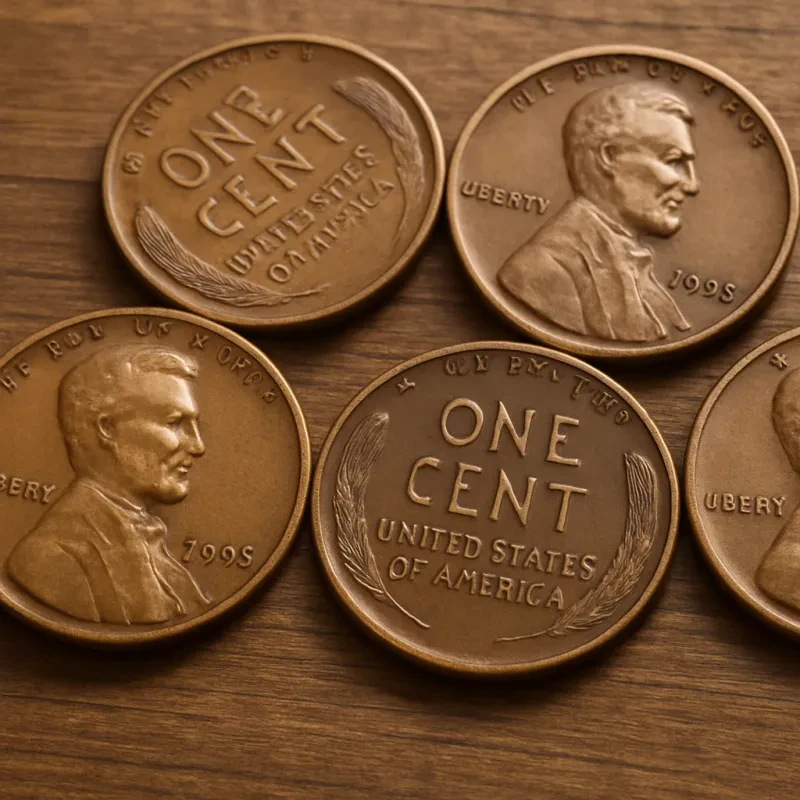1957 Blue Seal Dollar Bill Value: A Collector's Guide
Introduction to the Blue Seal Dollar Bill
The 1957 Blue Seal dollar bill holds a special place in the history of American currency. These notes are part of the Silver Certificate series, which the United States government issued from 1878 to 1964. Unlike the green seal Federal Reserve Notes that are used today, the blue seal signifies a Silver Certificate, representing an amount of silver held by the government. This article delves into the history, significance, and current value of the 1957 Blue Seal dollar bill, offering a comprehensive guide for collectors and enthusiasts alike.
Historical Context of the Blue Seal Dollar Bill
The Origins of Silver Certificates
Silver Certificates originated in the late 19th century, serving as a response to public demands for a return to the "Free Silver" movement. This movement advocated for the free coinage of silver, aiming to inflate the money supply to aid debtors. The government issued Silver Certificates as part of a compromise, which allowed holders to redeem the notes for silver dollars upon demand.
The Transition to Silver Certificates
Over time, Silver Certificates underwent several redesigns and changes in their backing. By the time the 1957 series was released, the notes were backed by silver bullion rather than silver dollars. This series marks one of the final chapters in the story of Silver Certificates, as the United States transitioned towards Federal Reserve Notes, which are not backed by precious metals.
Understanding the 1957 Blue Seal Dollar Bill
Design and Features
The 1957 Blue Seal dollar bill features a portrait of George Washington on the front and the iconic design of the Great Seal of the United States on the reverse. The blue seal and serial numbers distinguish it from other types of currency. Additionally, the phrase "One Dollar In Silver Payable to the Bearer on Demand" is prominently displayed, indicating its redeemable value in silver.
Varieties and Series
The 1957 series includes several varieties, such as the 1957, 1957A, and 1957B notes, distinguished by slight changes in their design and signatures of the Treasurer of the United States and the Secretary of the Treasury. Collectors often seek specific varieties, which can affect the note's value.
The Value of a 1957 Blue Seal Dollar Bill
Factors Influencing Value
The value of a 1957 Blue Seal dollar bill depends on several factors, including its condition, rarity, and series. Notes in uncirculated condition or those with unique serial numbers (e.g., low serial numbers or star notes) can command higher prices. The presence of any historical significance or errors in printing also enhances a note's value.
Estimating the Value
As of my last update, a standard 1957 Blue Seal dollar bill in circulated condition might be worth a little more than its face value, while uncirculated notes could fetch $12 to $20. Rarer varieties, like star notes in pristine condition, might be valued significantly higher, depending on collector demand and market conditions. It's essential to consult with a reputable currency dealer or appraiser for the most accurate and up-to-date valuation.
Collecting 1957 Blue Seal Dollar Bills
Starting a Collection
For those interested in collecting Silver Certificates or specifically the 1957 Blue Seal dollar bills, it's advisable to start by educating oneself on the nuances of the series and the overall currency collecting hobby. Joining numismatic clubs and attending currency shows can provide invaluable insights and opportunities to enhance your collection.
Preservation and Storage
Proper preservation and storage are crucial to maintaining the value of your currency collection. Store your notes in acid-free sleeves or albums, away from direct sunlight, humidity, and extreme temperatures. Handling your notes with care and using gloves can prevent oils from your skin from damaging the paper.
The Legacy of the 1957 Blue Seal Dollar Bill
The 1957 Blue Seal dollar bill is more than just a piece of currency; it's a window into a bygone era of American monetary policy and design. For collectors, these notes offer a tangible connection to history and an opportunity to preserve a piece of America's numismatic heritage. Whether you're a seasoned collector or new to the hobby, the 1957 Blue Seal dollar bill represents a fascinating and potentially valuable addition to your collection.
